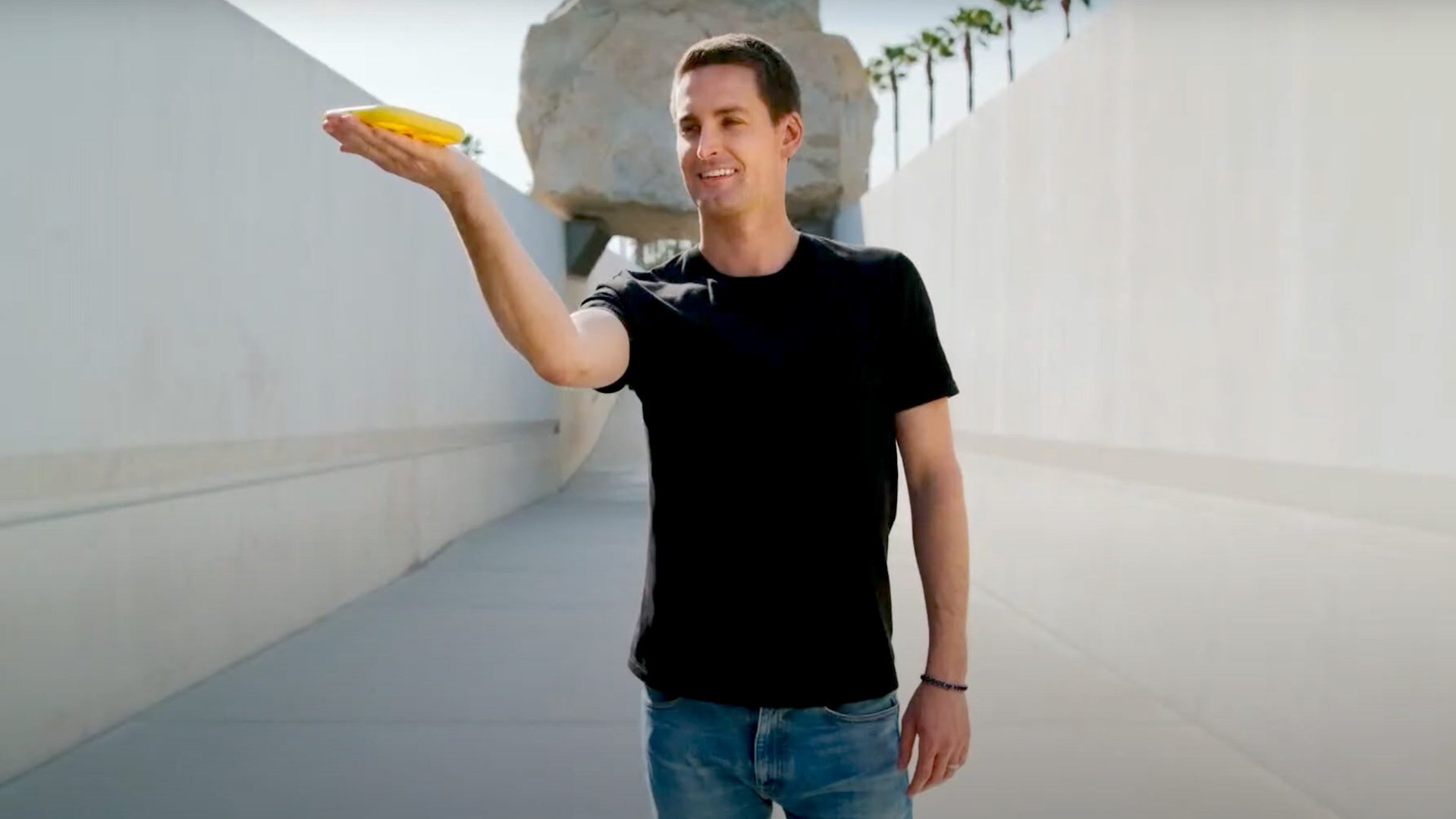Snap is the next Apple, its selfie drone is the biggest clue
Social media giant Snap launched its second hardware product this week with the release of the Pixy drone. The $230 device comes with a camera for still photos and video, and can be set to hover in place or automatically follow the user around.


Social media giant Snap launched its second hardware product this week with the release of the Pixy drone. The $230 device comes with a camera for still photos and video, and can be set to hover in place or automatically follow the user around.
Like Spectacles, the company’s camera-equipped smart glasses, the recorded footage (which doesn’t include audio) on the Pixy isn’t limited to the Snapchat app, and can be downloaded to a smartphone to be edited and shared anywhere. The design and marketing for the Pixy is just as slick as Spectacles, and seems primed for mainstream adoption. But similar to Spectacles, this may be a product without a readily apparent built-in market.
Most drone photographers and videographers today are either dedicated hobbyists or professionals. The Pixy’s 2.7 k video resolution is below the 4 k resolution many in the drone community have become accustomed to when shooting broad cityscapes and aerial footage. For just about $200 more, DJI’s Mini 2 delivers 4 k video and far more control via remote control, while the Pixy only uses limited preset controls.
So who, exactly, is the Pixy for? No one, and everyone, sort of
Due to the Pixy’s simplistic preset controls, and relatively low-resolution footage, it could be that Snap’s drone is meant to lure in young Gen Z users. Roughly 48% of Snapchat’s users fall into that demographic. However, in an era in which even pre-teens are setting up elaborate, and popular, Twitch and YouTube livestreams, simplified tech isn’t necessarily a must.
Likewise, Snap’s Spectacles camera smart glasses continue to be updated and offered to the public, despite little indication that the product has gained much traction. The meager impact of Spectacles and the unlikely curiosity that is the Pixy may make it might seem like Snap is hopelessly addicted to expensive hardware experiments. All while the majority of its profit and market footprint is rooted in software.
Snap is letting the public participate in its research and development
But what if you could combine the social media impact of Facebook with the mainstream hardware profile of Apple? You might have something that looks a lot like what Snap is building. Specifically, Spectacles and Pixy, each polished to perfection from packaging, to pricing, to marketing, may be practice runs for the company’s true hardware moonshot: a Snap smartphone.
Currently, Snap relies on its friendly relationships with smartphone makers like Apple and Samsung, both of which it has partnered with on various Snapchat initiatives. When (not if) Snap finally decides to point its hard-earned hardware expertise at the smartphone market, those partnerships may not be as easy to come by.
As big tech’s leading mobile software and hardware companies, led by Tim Cook (Apple), Mark Zuckerberg (Meta), and Sundar Pichai (Alphabet), have matured into less interesting establishment players, Snap founder and CEO Evan Spiegel’s small but interestingly agile moves toward the future hint that the next Apple could be gestating at Snap’s headquarters in Santa Monica, California. But Snap’s version would have the social media heft Apple lacks, and the good will and social media growth Meta is now struggling to maintain.